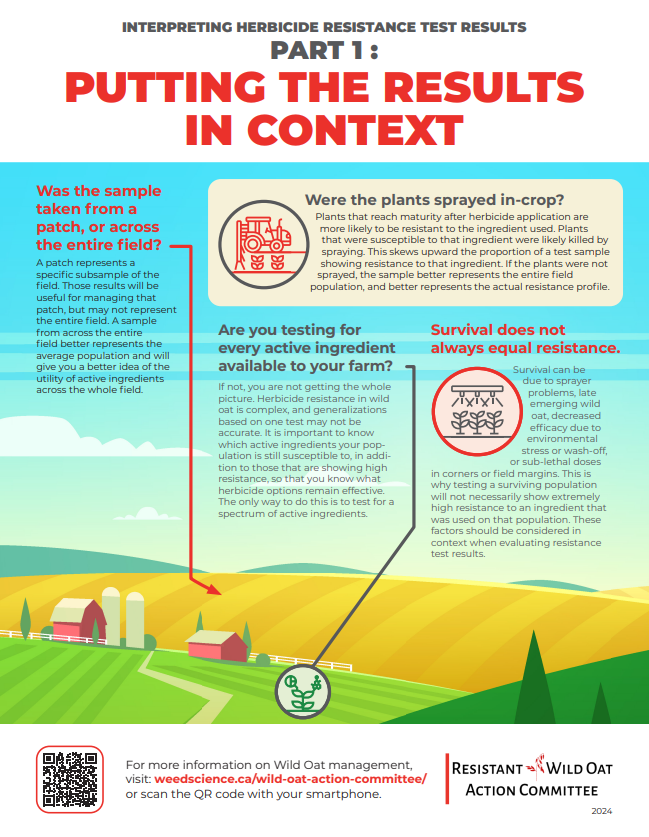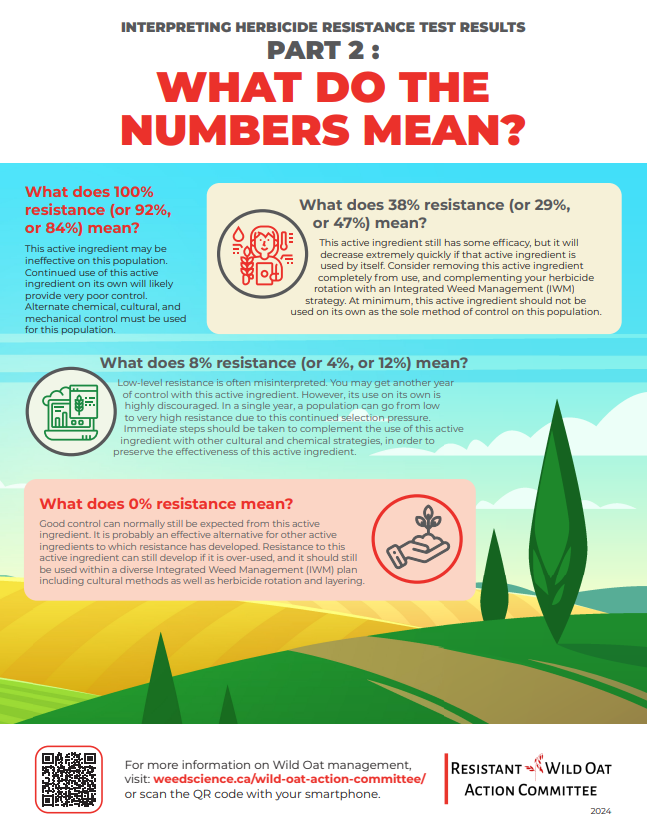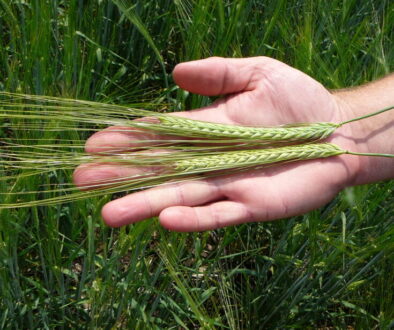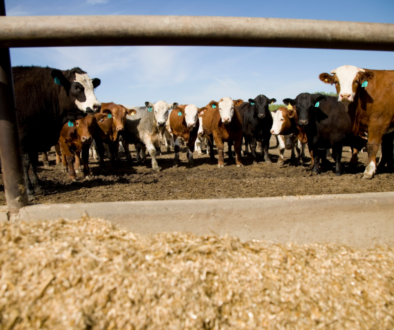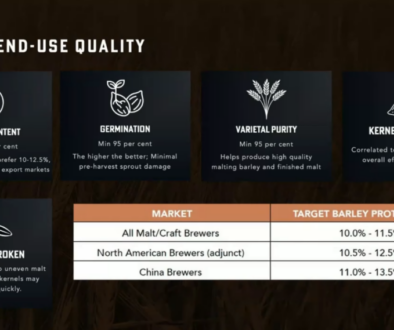Understanding Herbicide Resistance Tests: RWOAC Releases New Resources
Resistant Wild Oat Action Committee provides crucial guidance for farmers facing herbicide resistance.
Herbicide resistant weeds were found in three out of every four fields in a recent survey led by Dr. Charles Geddes. In that survey, wild oat was the most problematic grass species for herbicide resistance. The known problem with wild oats and herbicide resistance led to the creation of the Resistant Wild Oat Action Committee (RWOAC) to get herbicide resistance management information to farmers.
The RWOAC has been active, developing several infographics that clearly depict management options for producers, as well as some video interviews, which are all available on their website. The RWOAC is also active on Twitter/X.
The RWOAC has just released two new infographics, focused on interpreting herbicide resistance test results. If a producer has taken the step of getting seeds tested for herbicide resistance, the next question to ask, is “what do I do with that information?”.
The infographics represent two separate stages of interpretation. The first addresses the sample itself, what it represents for the field and farm as a whole, as well as potential alternative explanations for why a weed or population of weeds may have escaped herbicide control. The second gets into the details of the numbers on the herbicide resistance test. This infographic gives guidance on when to stop using an active ingredient, where caution and herbicide rotation and layering is required or recommended.
Be sure to check these infographics out when considering weed management this season, as well as the other resources from RWOAC.
* SaskBarley is a funder of the RWOAC.


